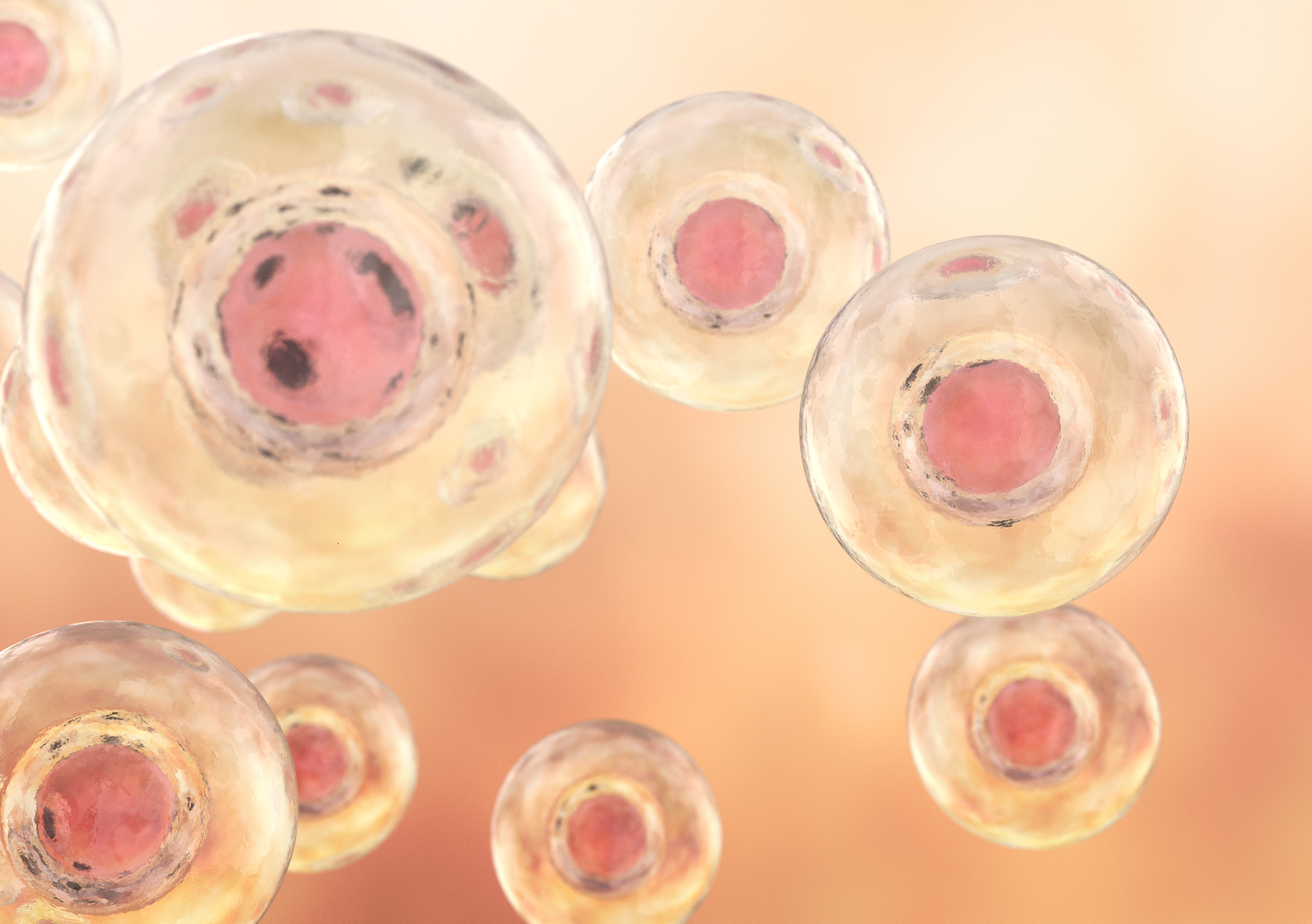
Stem Cell Therapy
Stem cell therapy is a form of regenerative medicine that utilizes stem cells, which have the ability to differentiate into various cell types in the body, with the goal of supporting the recovery of bodily functions. It is expected to regenerate tissues that are difficult to repair.
What is regenerative medicine?
Regenerative medicine is a medical technology that involves collecting cells or tissues from the body, culturing or processing them, and then transplanting them to repair and regenerate damaged tissues and organs. Specifically, this includes cell therapies using a patient's own cells. Regenerative medicine is expected to be a promising treatment for various diseases, such as pain and joint pain. For example, tissue regeneration using stem cells is effective in regenerating damaged nerve cells and myocardial cells, and is expected to be applied to the treatment of many diseases.
Features of regenerative medicine
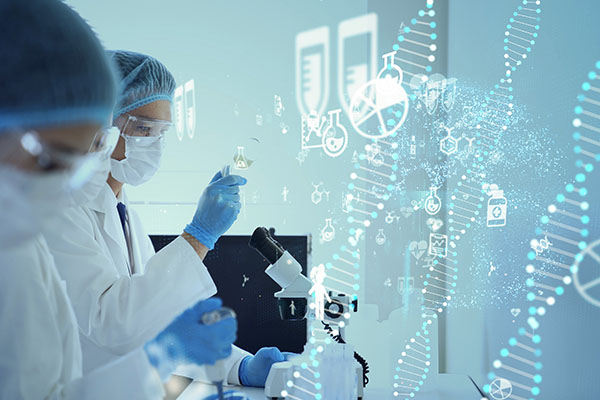
Expected to regenerate and repair the target area of treatment
Regenerative medicine is considered a promising treatment for many diseases, including cancer, heart disease, neurological disorders, joint pain, fractures, and periodontal disease. It is expected to repair and regenerate damaged tissues and organs within the body.
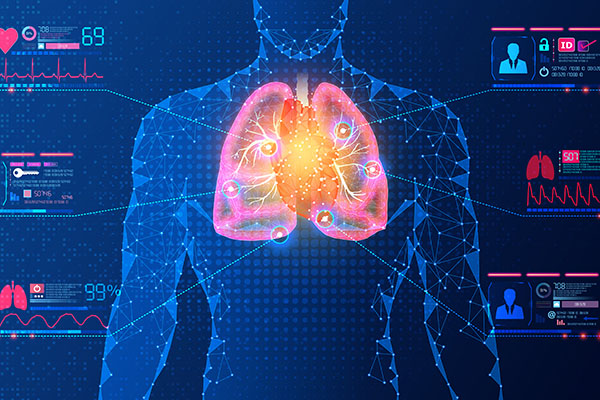
Enables personalized treatment using cells
Many regenerative medicine treatments use autologous cells, which allows us to collect, culture, and process a patient's own cells for transplantation. This enables us to provide personalized treatment tailored to each patient's specific condition.
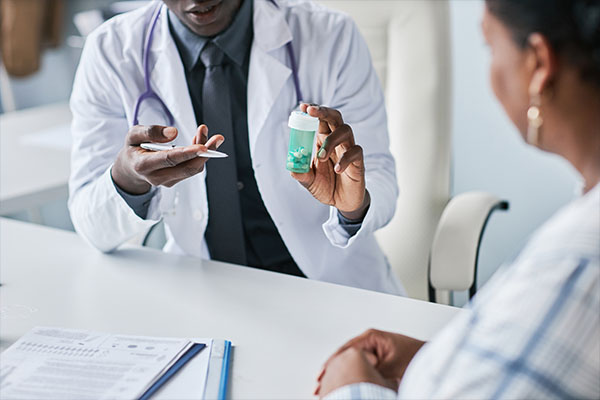
Low risk of side effects and rejection
Treatment methods using autologous cells have a low risk of side effects and rejection, and a high rate of engraftment after treatment. Additionally, regenerated tissues and organs that function within the body have high biocompatibility, so it is said that problems rarely occur after transplantation.
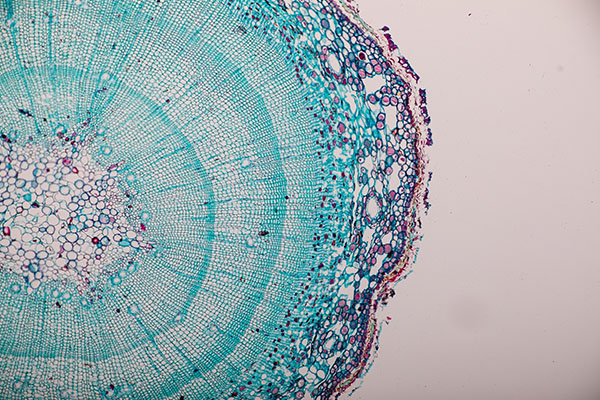
Expected to be applied to preventive medicine
Regenerative medicine is expected to be applied not only to disease treatment but also to preventive medicine. For example, it is expected to lead to treatments that prevent cell senescence and the functional decline of organs due to aging, as well as regenerative medicine prevention using tissues and organs created through regenerative medicine.
About stem cell therapy

What exactly are "stem cells"?
Stem cells are cells that have the ability to differentiate into various types of cells. They can be collected from sources such as embryos, placentas, bone marrow, and adipose tissue in adults. By differentiating, stem cells can become various types of cells such as nerve cells, muscle cells, heart cells, and blood cells, which is why they have gained attention in the fields of regenerative medicine and cell therapy. Stem cells also have the ability to self-replicate, allowing for the continuous existence of identical stem cells and the generation of cells with the same capabilities through cell division, making them a focus in research as well.
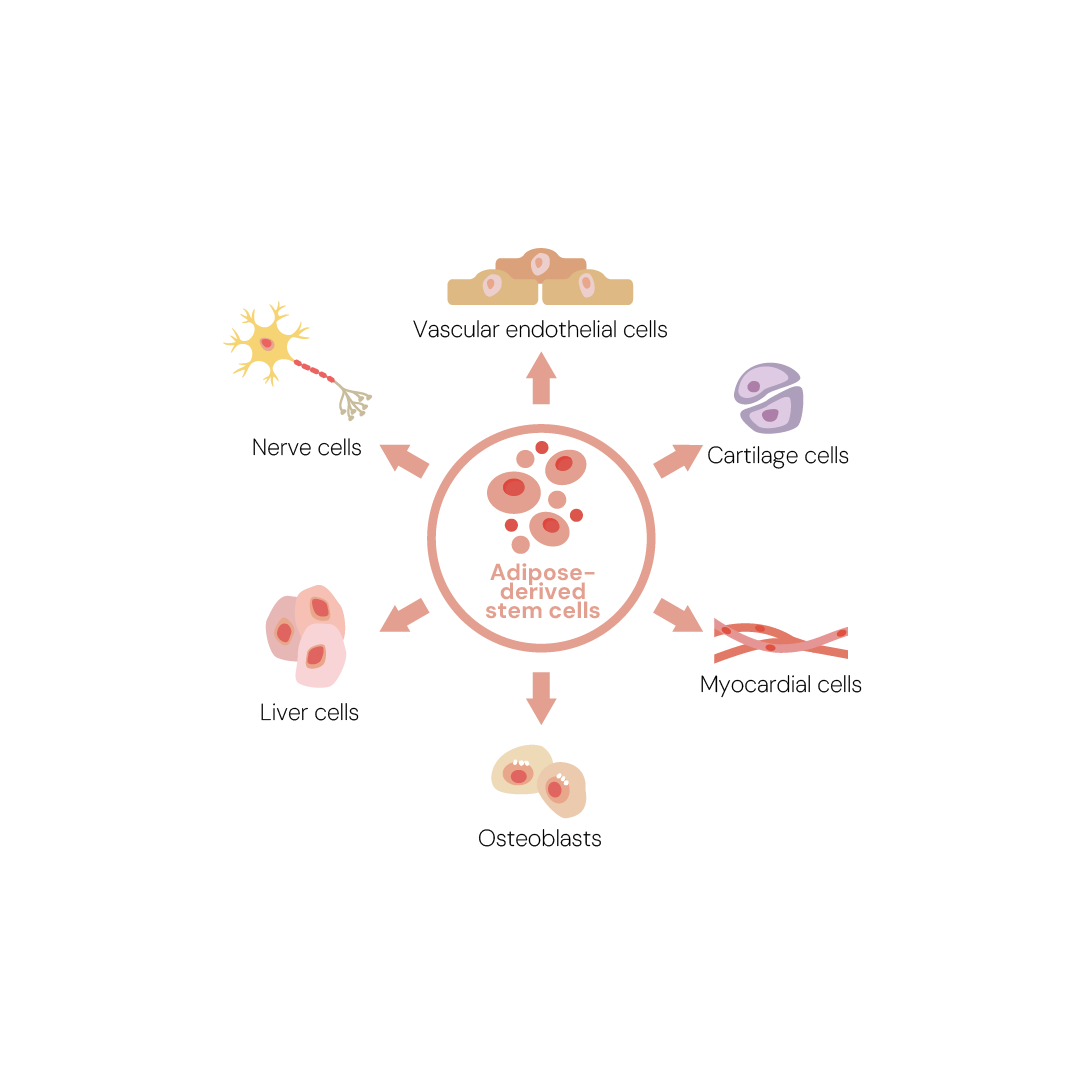
Adipose-derived stem cells
Adipose-derived stem cells have the ability to differentiate into various types of cells. For example, they can differentiate into fat cells, bone cells, cartilage cells, muscle cells, nerve cells, and vascular endothelial cells. Therefore, they are considered a promising material for cell therapy and regenerative medicine to repair damaged tissues and organs. Adipose-derived stem cells are also known to affect the immune system. They have the function of regulating immune cells and suppressing inflammation, and are thus expected to be used in the treatment of autoimmune and chronic inflammatory diseases.
Features of stem cell therapy
- Cell regeneration and regenerative capacity
- Stem cells have the ability to self-replicate and differentiate, allowing them to transform into specific cell types. Therefore, they are expected to repair tissues and organs damaged by illness or injury.
- Immunocompatibility
- Due to their high immunocompatibility, stem cells play a crucial role in the field of regenerative medicine for autoimmune diseases and transplantation surgeries.
- Safety
- Stem cells can maintain the stability of their endogenome during the process of cell differentiation to prevent DNA damage. They can also control the cell cycle, making them a promising and safe treatment method.
- Scope of treatment
- Stem cell therapy can be applied to various illnesses and injuries, and is one of the most promising treatment methods in the field of regenerative medicine. For example, it is applied to the treatment of myocardial infarction, stroke, arthritis, diabetes, and cancer.
Features of the stem cells offered at our clinic
- Minimal fat collection (no sutures or removal of stitches required), leaves almost no scars, and reduces physical burden
- With advancements in equipment and technology, it has become easier and safer to collect fat. This also has the advantage of reducing the physical burden, allowing patients to return to their daily lives immediately after the procedure.
- Non-frozen transport and fresh cell culture to ensure quality
- Tissues collected from patients are transported non-frozen using a specialized courier service. They are transferred to a contracted CPC under strict temperature control, which allows for the cell culture process to begin in a fresh state.
- Thorough cell management system
- Our culture specialists, who have acquired specialized skills, treat the cells as if they were the patients themselves, observing and recording their progress daily. A higher cell count is not always better. Doctors and dedicated culture specialists make detailed adjustments to ensure the appropriate number of cells for each patient.
- Cultured to a sufficient cell count (over 100 million)
- "The cell count is calculated and cultured according to each patient's treatment method and physique, allowing us to provide stem cell therapy that is suitable for the patient.
*Note: The number of cells varies among individuals depending on their body weight."
About the risks of stem cell therapy
Since the cells need to be returned to the joint via injection, there is a risk of bleeding from the injection site. Additionally, the risk of bacteria entering through the needle cannot be eliminated. Therefore, there is a risk of bleeding and infection.
FLOW
施術の流れ
-
Collection from fat.

Fat is collected from the abdominal area.
-
Extraction

Stem cells are extracted from the fat.
-
Culture

The stem cells are increased.
-
Administration

Target diseases

Chronic pain
Chronic pain refers to pain that lasts for three months or more and does not improve with conventional treatment or natural healing. The cause may be a physical disease or injury, or it may not be clear. Persistent pain can reduce the quality of life and interfere with daily and social activities.
About other treatments
Conventional treatments include oral medication, nerve blocks, cognitive behavioral therapy, rehabilitation, neuromodulation therapy (spinal cord stimulation, pulsed radiofrequency therapy, transcranial magnetic stimulation, etc.), acupuncture, exercise therapy, and physical therapy. These methods are used alone or in combination, but may not always be effective. Furthermore, drug treatments have potential side effects and addiction risks; nerve blocks and electrical stimulation therapies have risks of bleeding, infection, and nerve damage; and rehabilitation and acupuncture require time to show effect. Based on these points, it is important to consult with your doctor and decide on a treatment plan, with this therapy as one of the options.
Risks and Side Effects
This treatment does not guarantee the desired effects for all patients. Reactions after fat collection may include infection or pain at the collection site, or a small scar may remain. When administered intravenously, a temporary fever may occur, which usually subsides naturally within 24 hours, but can be managed with antibiotics or antipyretics if necessary. In addition, if infection or other abnormalities are found during the cell culture process, the treatment may be canceled or postponed. Furthermore, this treatment is not suitable for individuals with allergies to anesthetics or antibiotics, those with infectious diseases, or those with significant abnormalities in their blood tests.

Joint pain and osteoarthritis
Osteoarthritis of the knee is a disease in which knee cartilage degenerates and wears down due to muscle weakness, aging, overuse, or obesity, causing pain and inflammation as bones rub directly against each other.
About other treatments
Treatment methods are broadly divided into conservative therapy and surgical therapy. Conservative therapy: This includes medication, hyaluronic acid injections, use of braces, and rehabilitation. This disease is often related to lifestyle habits, and moderate exercise, dietary changes, and weight loss can help improve symptoms and slow progression. It is also important to maintain muscle strength and reduce stress on the joints. On the other hand, conservative therapy requires long-term continuation and can be interrupted, or the disease itself may restrict the patient's range of activities. Surgical therapy: This ranges from minor procedures like arthroscopic surgery to major ones like artificial joint replacement and the embedding of metal plates or bone fragments. Both often require a certain period of hospitalization, and some patients may experience severe headaches with lumbar anesthesia. When symptoms are mild, conservative therapy may be sufficient. Additionally, drug therapy can also be effective, so please feel free to consult us if you desire other methods besides this treatment. We can provide appropriate explanations and referrals to other clinics as needed.
Risks and Side Effects
Infection and pain may occur at the fat collection or injection site, but are usually mild. In rare cases, dizziness or physical discomfort may occur from blood collection (approx. 100ml). Even if the pain and joint movement improve, the changes may not be visible in imaging tests. It has also been reported that pain may return in about six months to a year. Furthermore, while no serious side effects have been reported in past clinical trials, minor side effects such as pain at the injection site can occur.
About the treatment for joint pain, osteoarthritis, and chronic pain
This treatment is a new option for chronic pain and osteoarthritis for which conventional methods have not been sufficiently effective. However, it is not effective for everyone and carries certain risks. Therefore, it is important to first undergo conventional treatment properly, and then consider with us whether this treatment is suitable for you.

